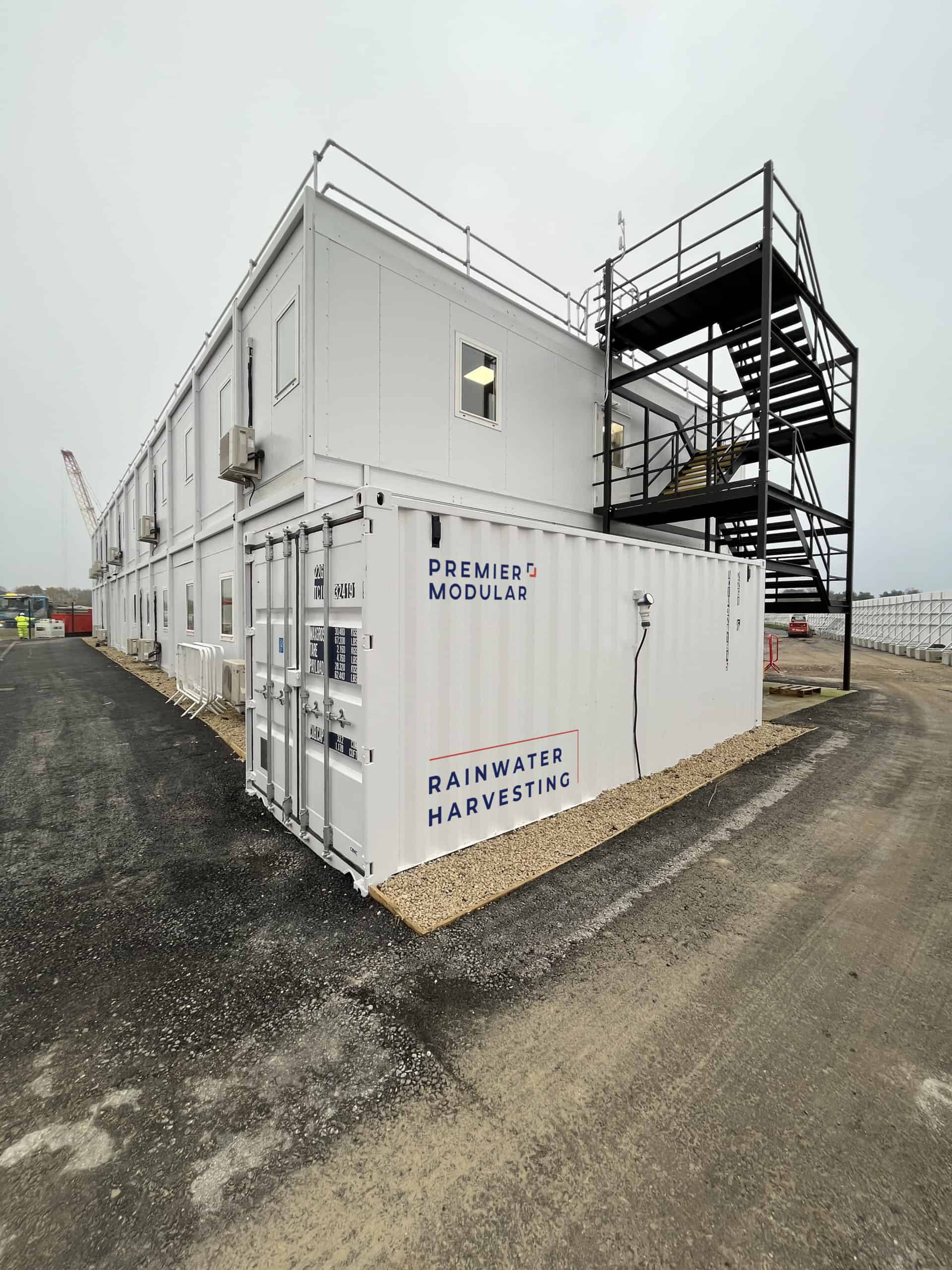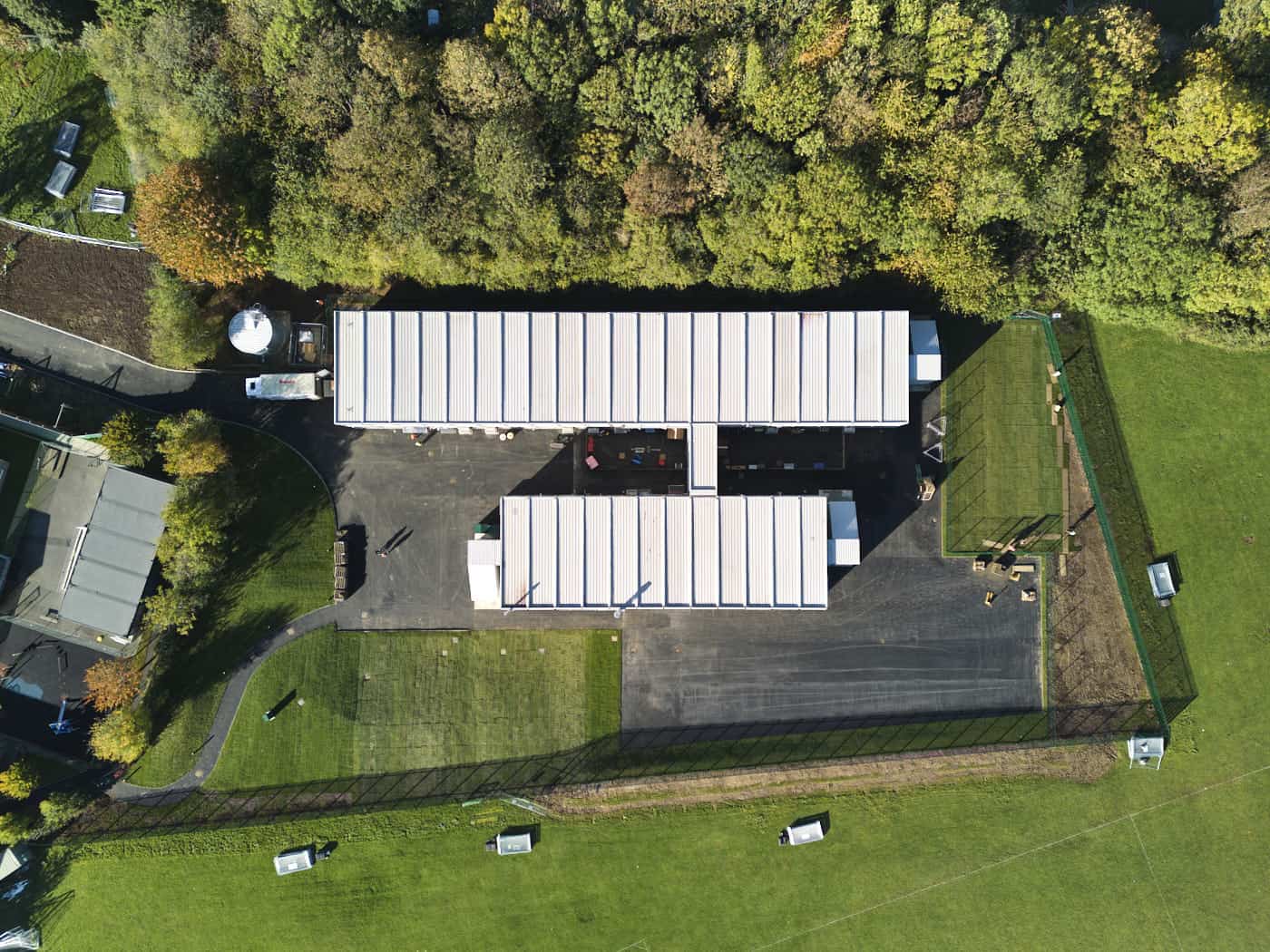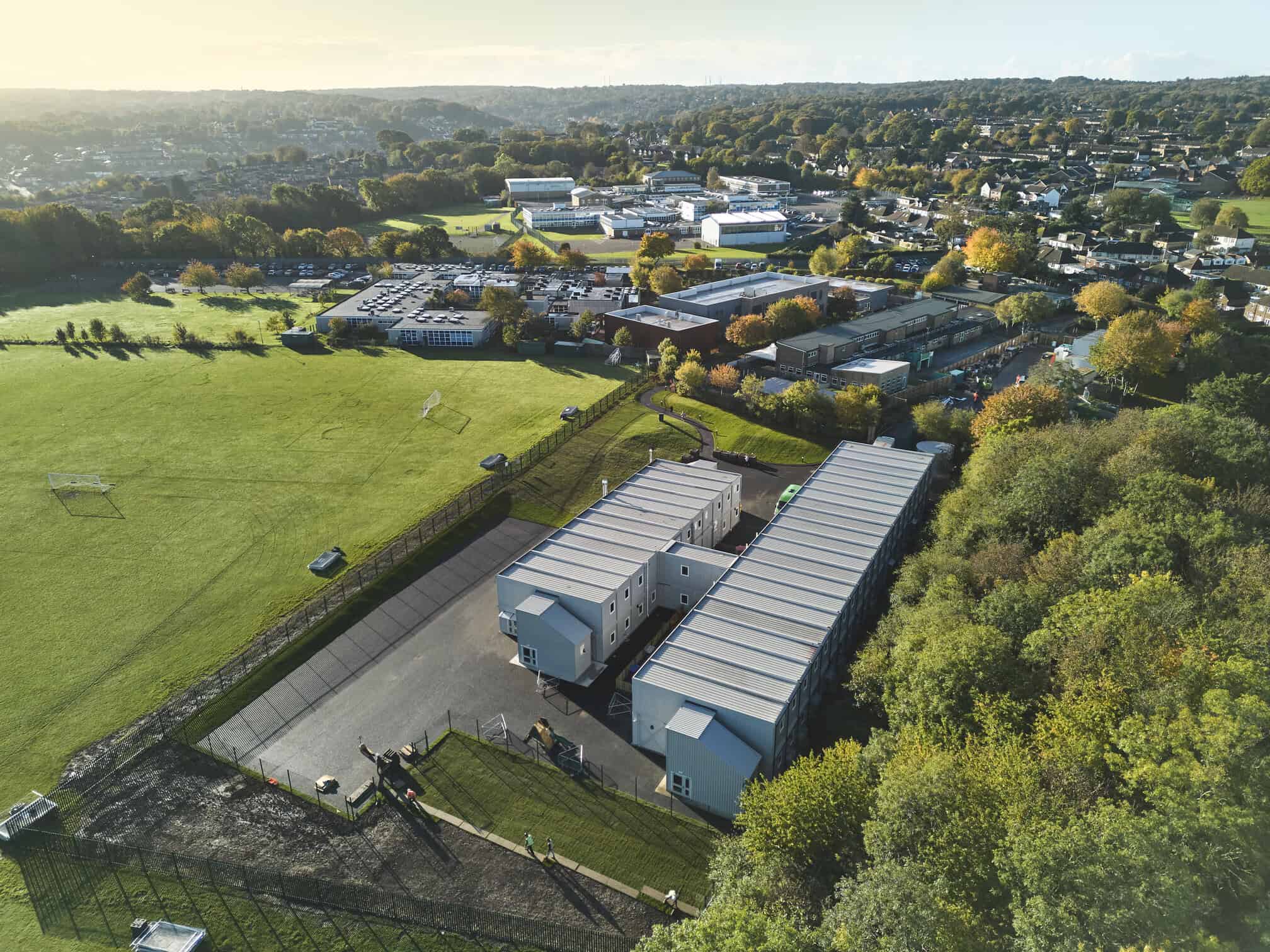Water is a precious resource, yet over three billion litres of it is wasted every day in the UK. As water bills continue to rise, the role of rainwater harvesting systems has never been more important. They enable organisations to save money, recycle water and even reduce localised flood risks, but where did they originate, and what value can they bring to modern-day buildings?
What is rainwater harvesting?
Civilisations have been developing structures to capture, store and transport rainwater for thousands of years. In protohistoric India, the Harappan civilisation (3,000-1,500 BCE) developed reservoirs and canals; in ancient Egypt the Ptolemaic dynasty (305-30 BCE) created embankments and channels in tablelands, whilst the Romans used cisterns and later, the aqueduct.
Fast-forward several millennia, and rainwater harvesting systems are still essential mechanisms of modern-day infrastructure that remain operationally similar to their ancient counterparts. The rainwater runs off large surfaces and is captured either above or below ground in containers, such as raintraps or tanks, and stored for later use.
Once harvested, rainwater runoff can be used for everything from irrigation to laundry, helping to save on utility bills and make better use of precious water resources in the long term.
Why should you consider a rainwater harvesting system?
When starting out on any project, projected water consumption should be considered. For example, did you know that the average employee in a typical office setting consumes 50 litres of water per working day.
Further still, the UK is predicted to require 5 billion litres of water a day by 2050 to support our growing population and meet future food production needs. Incorporating rainwater harvesting systems as part of new building projects sooner rather than later is therefore vital – with some estimates suggesting it could save up to 50 per cent of mains water usage.
But rainwater harvesting has benefits beyond simply saving water for reuse. Any water saved and reused will help to decrease water bills and reliance on mains water, therefore saving the given organisation money. At Premier Modular, we can also install rainwater harvesting systems alongside other technologies, such as solar panels or smart plug sockets, as a 360° solution to boost a building’s energy efficiency.
Rainwater harvesting has the added bonus of helping to combat surface water flooding. Research indicates that these systems could halve failures of urban drainage systems during flood events suggesting there’s an opportunity for both flood risk and water usage to be managed more effectively.
Turning the tide on water insecurity
Rainwater harvesting systems should be seen as a stepping stone to preserving water security in future. We have implemented a number of these systems for our clients across sectors, including healthcare and education. Cost-efficient and environmentally friendly, rainwater harvesting systems require minimal maintenance to match the building’s lifespan and contribute to future-proofing your design for years to come.
Want to invest in building solutions that support your water security? Consult our team today.











